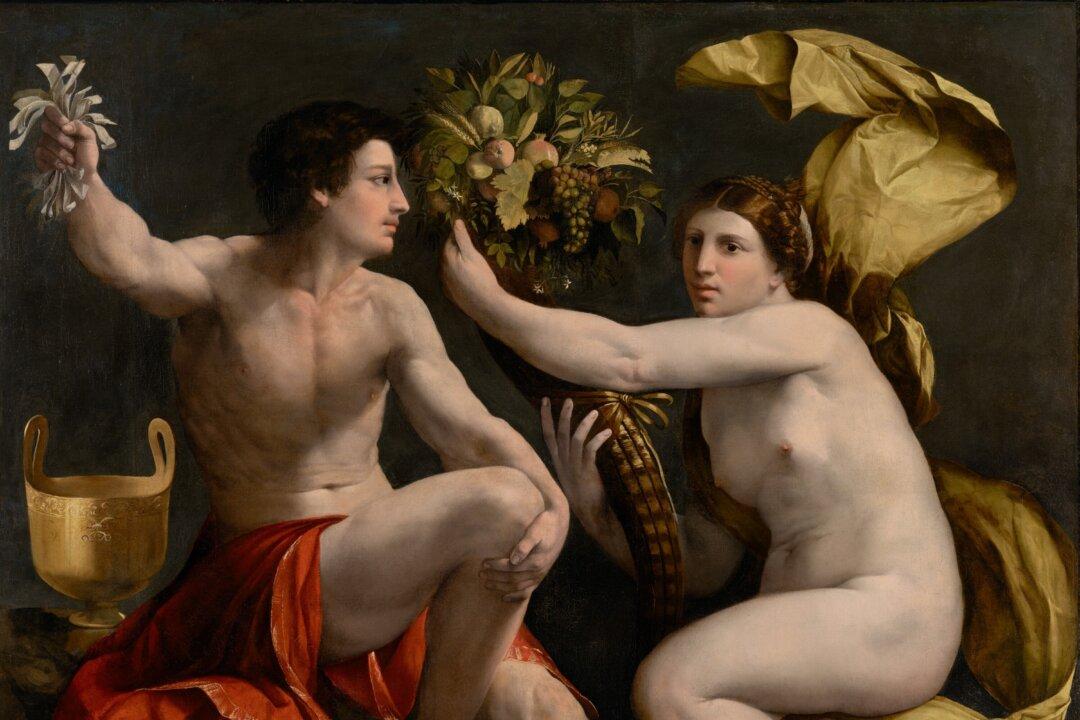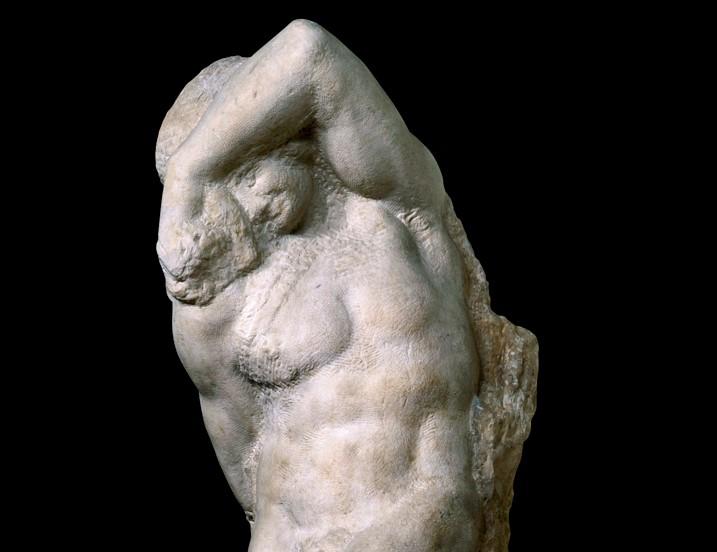Thomas Cole was a 19th-century American painter who became popular for his landscape paintings. Born in England, Cole moved to the United States at a young age, and America is where his love of art developed.
As a young man, Cole fell in love with the beautiful wilderness of New York’s Catskill Mountains, where he would later establish a studio. The Catskills would serve as inspiration for many of his paintings.





